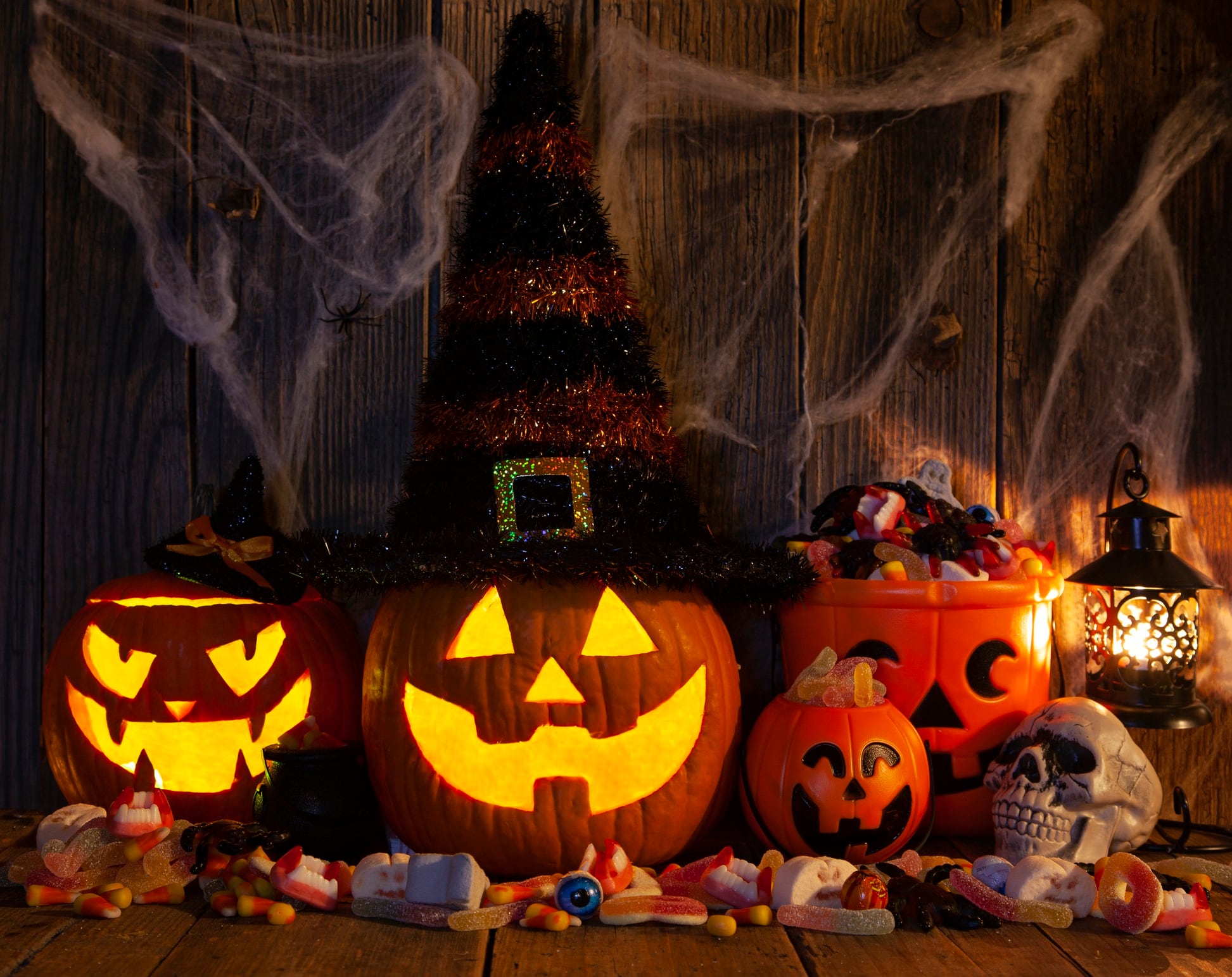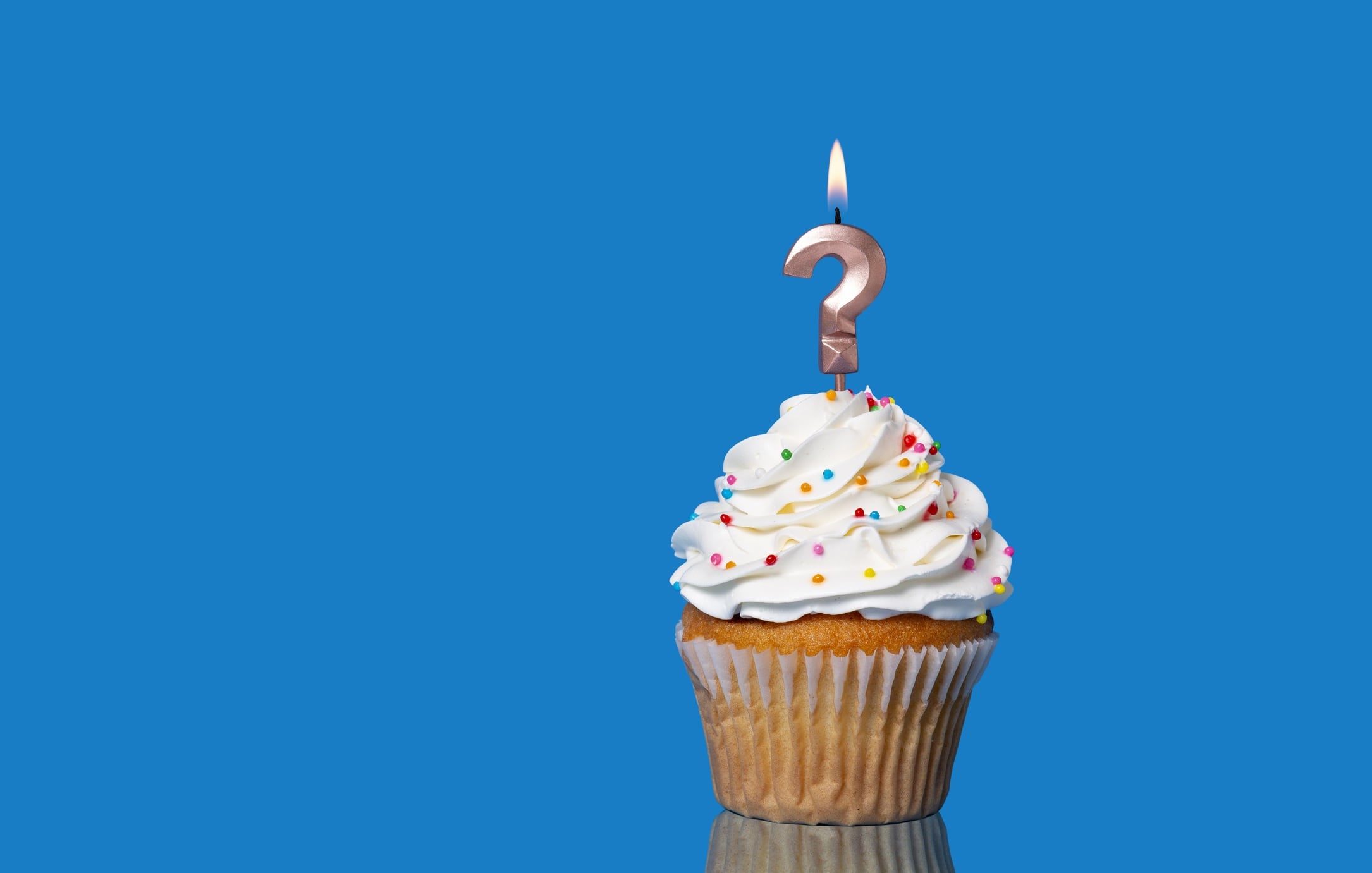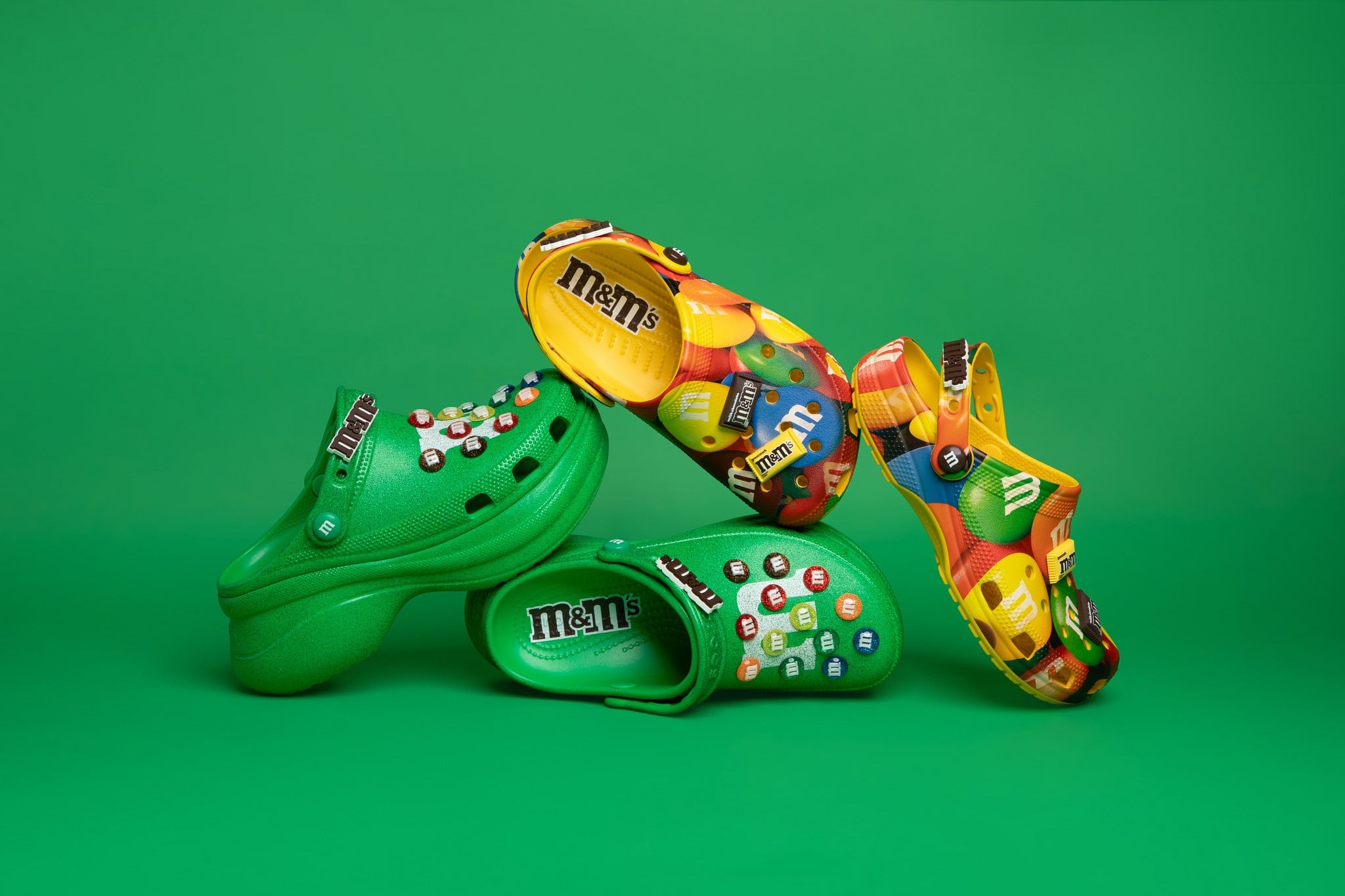Halloween candy market summary: What’s driving seasonal growth?
- Halloween candy market now valued at $24 billion globally
- Chocolate dominates sales with over 50 percent market share
- Gen Z and Millennials drive demand for bold, novel flavours
- Brands innovate with themed treats and health-conscious options
- E-commerce boosts sales through convenience and personalisation
Spooky season has officially begun.
And for those who celebrate, it’s a time for colourful costumes, jack-o’-lanterns, and bowls upon bowls full of confectionery.
In fact, the Halloween Candy Market is one of the most important annual sales drivers for the confectionery industry worldwide, generating billions of dollars in revenue.
It’s so profitable that it’s now worth a whopping $24bn (€21bn), and is projected to reach almost $37bn (€36.84bn) by 2032 (industry analysts Verified Market Research).
“Far from being a niche seasonal event, Halloween has become a major commercial holiday,” says a spokesperson for Verified Market Research.
And confectionery manufacturers, big and small, are acutely aware of its importance.
“At Mars, Halloween is core to our business, with planning starting years in advance,” says Ellen Thompson, minister of trick-or-treat and general manager at Mars Wrigley Canada.
So what’s shaping the 2025 spooky season and what does the future of Halloween hold?
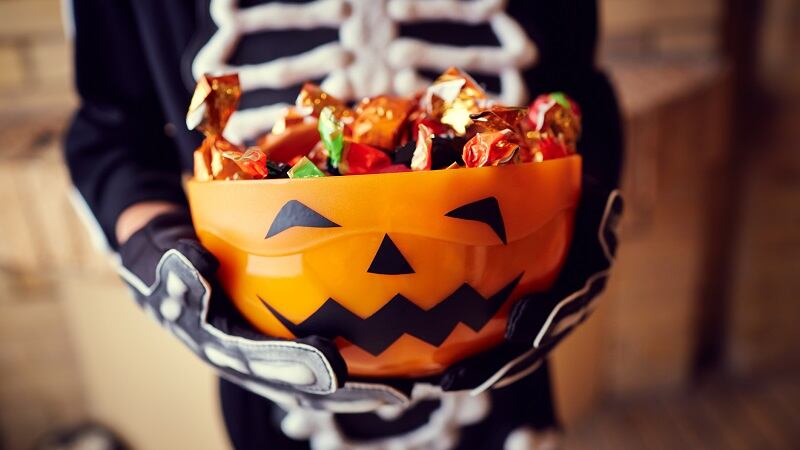
Who’s buying Halloween candy?
It’ll come as no surprise to find that families with children remain the top consumers for Halloween treats. Plus they’re the group most likely to stock up on sweet treats for trick or treaters.
Having said that, the key growth area is in younger adults.
“Gen Z and Millennials are highly engaged in Halloween, increasingly participating in parties and themed events, and are more likely to be early shoppers,” says Verified Market Research.
Moreover, adults aged 25 to 34, have been found to outspend other age groups on Halloween supplies, including sweets, snacks and decorations.
This shift encourages brands to market to adults who purchase for themselves, often favouring premium or nostalgic candy varieties.
But it’s not all about young adults and children. According to Mars, Inc.’s new Spooktacular Trends report, over half (55%) of Gen X and Boomers get involved in Halloween, with a sizeable 73% saying they’ll pass out candy.
This is in comparison to just 40% of Gen Z and Millennials saying they plan to hand out candy, putting them way behind their more generous elders. Though 42% of Gen Z and Millennials plan to be out there trick-or-treating themselves, and a dominant 80% will be celebrating the season.
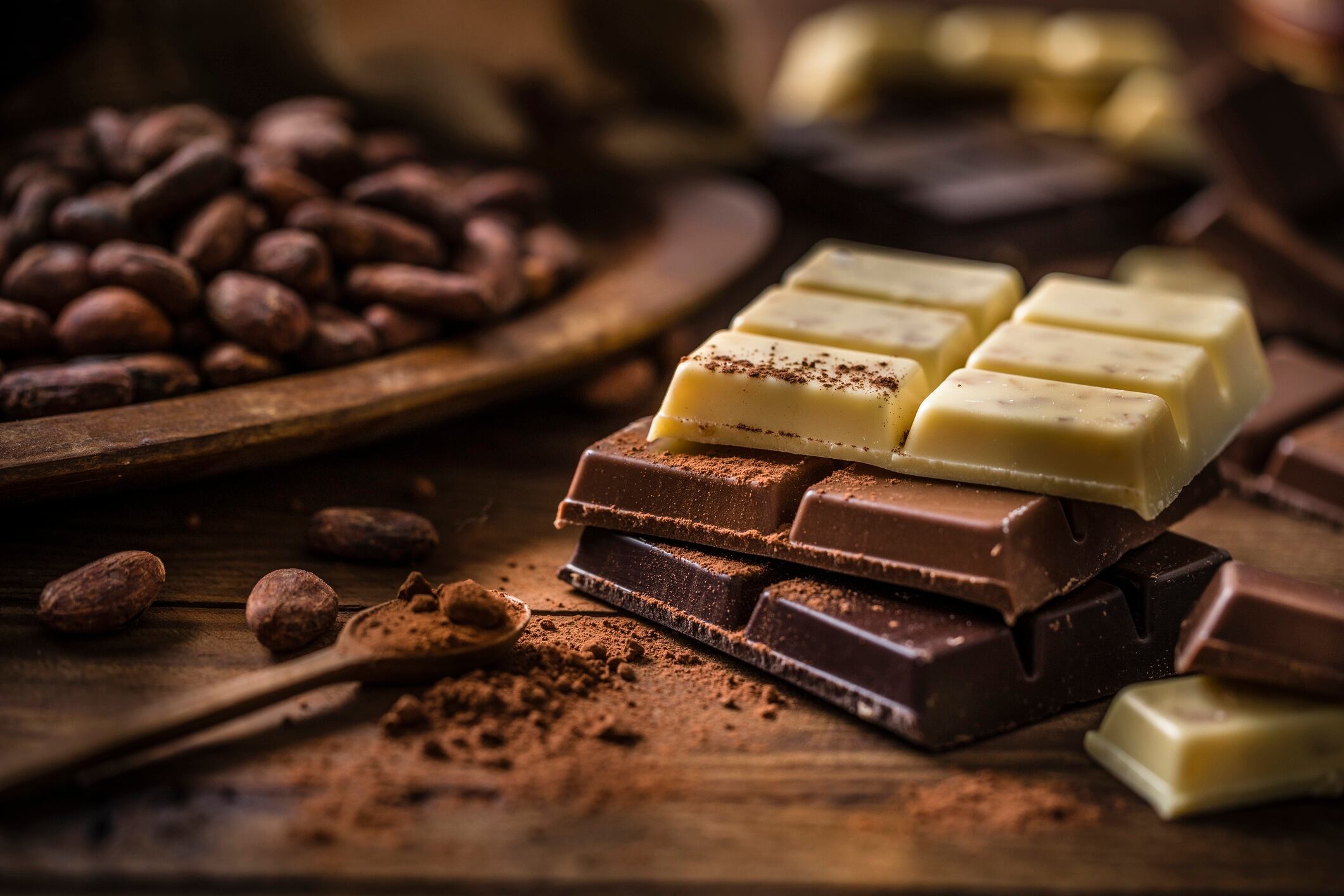
What’s hot and what’s not?
Chocolate continues to dominate Halloween sales, with over 80% of Halloween candy buyers prioritising chocolate based options.
What’s more, chocolate sales account for over 50% of the entire confectionery market by value.
“This dominance is fueled by deep rooted consumer demand for indulgence, brand loyalty to iconic chocolate bar formats, and aggressive seasonal marketing by major manufacturers,” says Verified Market Research.
Key industry drivers include the continuous introduction of limited edition, Halloween-themed chocolate products and the perception of chocolate as a high-value treat, compared to other confectionery.
The non-chocolate candy sector, which includes chewy, sour, and fruity options, might be smaller than chocolate, but it’s growing fast. This growth is predominantly driven by younger consumer demographics, specifically Gen Z and Millennials, who increasingly seek bold, experiential, and non-traditional flavours.
Increasing demand for vegan and plant-based alternatives is also fuelling sales.
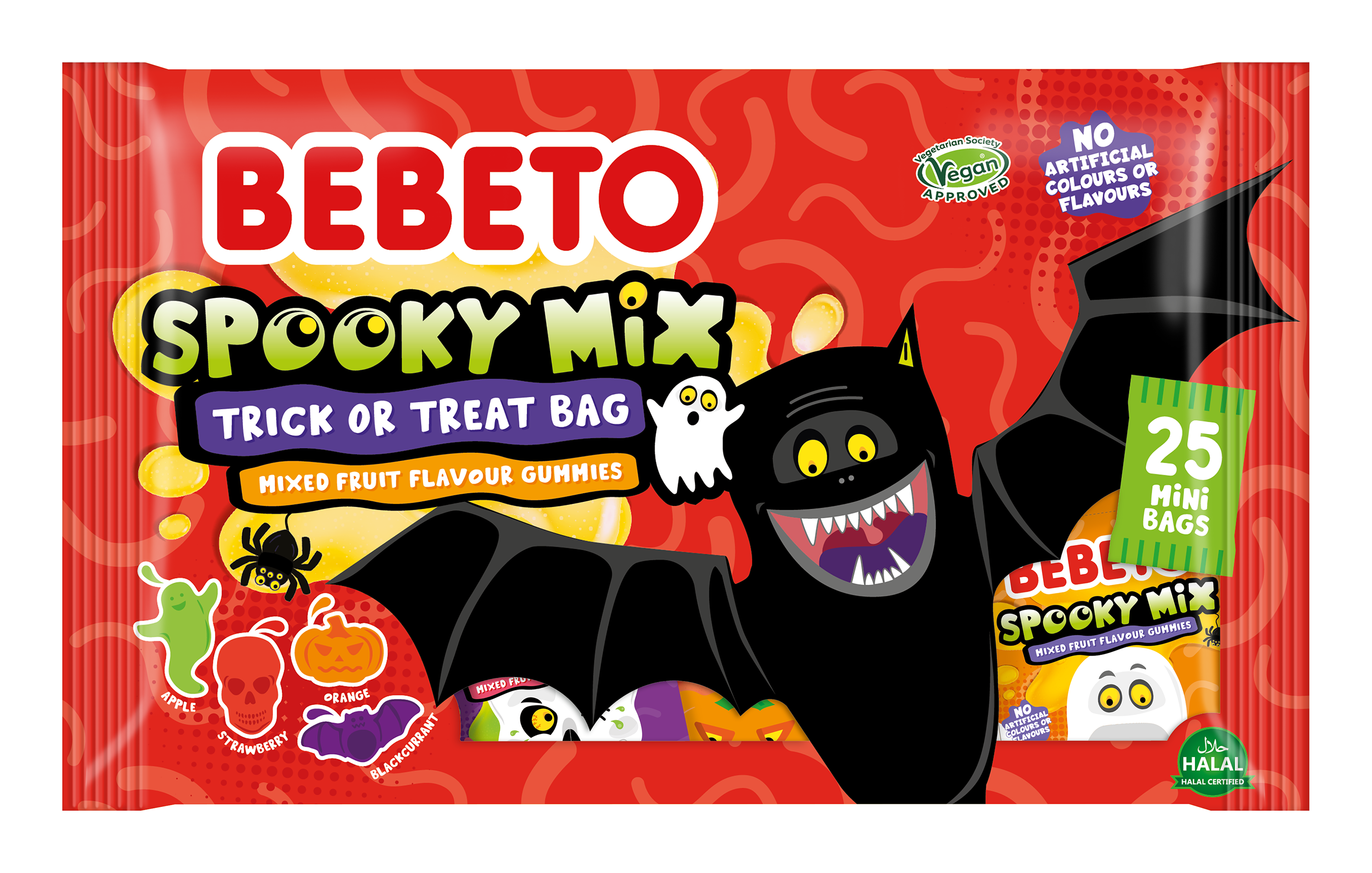
Halloween innovation
Halloween shoppers are a loyal and dedicated bunch, but that hasn’t stopped brands from switching things up to keep them, and entice others to spend during the season.
“Continuous innovation and vast product variety are critical in sustaining consumer excitement in a saturated market,” says Verified Market Research.
From new flavours and textures to themed collaborations, manufacturers are continually introducing new concepts to capture consumer attention.
Recent clever creations include colour-changing Sour Powder Magic Wands from US brand Face Twisters, spooky-themed Wine Gums renamed ‘Spooky Gums’ from Mondelēz International, and halal-certified fruit-flavoured, centre-filled gummies in worm, frog, brain and spider shapes by British challenger brand, Bebeto.
Elsewhere, Spanish lollipop makers Chupa Chups is collaborating with Netflix show Stranger Things, to launch two lollipop variants ahead of Halloween, and the final instalment of the series. Available in two different SKUs, the bags are filled with nine “mystery” flavours, inspired by the characters and fictional town of Hawkins, Indiana where the series is set.
Away from the super-sweet scaries, brands are also appealing to more health-conscious consumers, with “better for you” candy alternatives as the wellness trend grows.
“While traditional candy remains dominant, the market has seen a notable rise in products catering to dietary restrictions and wellness concerns,” says Verified Market Research. “This includes sugar free, organic, vegan, and plant based candies, as well as options made with natural colourings and simple ingredient lists.”
Brands are responding by reformulating classic items and launching entirely new lines to secure a share of this segment. Highlighting a product’s health benefits through transparent labelling is a notable marketing tactic that builds trust with health aware shoppers.
“Successfully balancing the desire for holiday indulgence with the need for better nutrition is becoming an essential pillar of long-term growth in the Halloween candy sector,” says Verified Market Research.
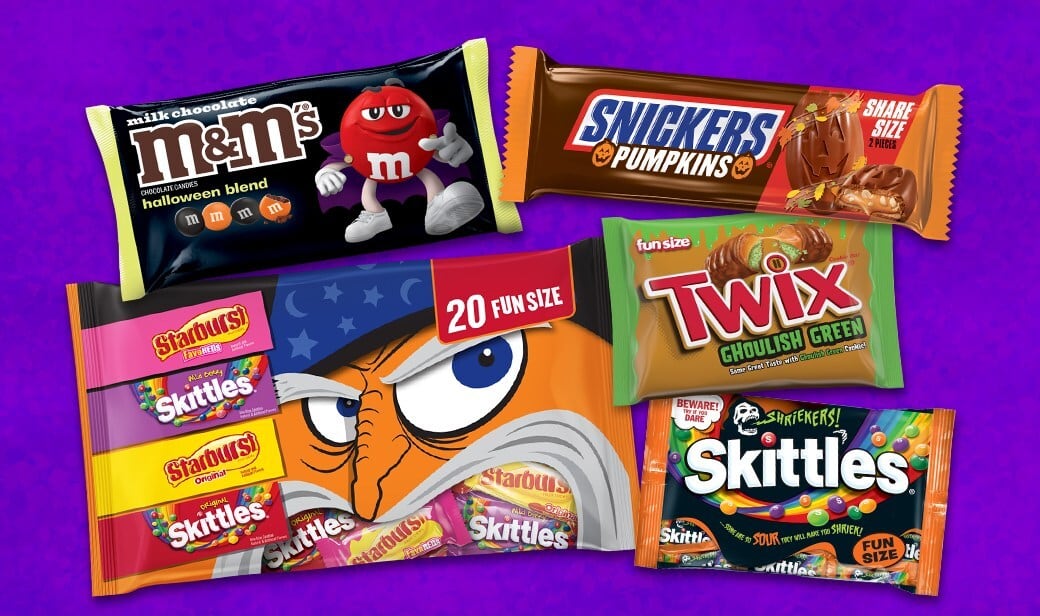
Buying patterns
Online shopping (e-commerce) is emerging as one of the most important shopping channels for confectionery brands.
“The significant growth of e-commerce has fundamentally reshaped the way consumers purchase Halloween candy,” says Verified Market Research. “Online platforms offer unparalleled convenience, allowing consumers to purchase high volume candy assortments with greater ease, a factor accelerated by increased mobile shopping adoption.”
This shift is giving manufacturers access to a global audience, particularly younger demographics, who are more likely to shop online.
Online shopping also gives brands access to data analytics, allowing them to offer personalised promotions and product recommendations, which in turn drives sales.
Halloween’s sweet future
As Halloween continues to evolve from a children’s celebration into a multi-generational, multi-billion dollar retail event, the confectionery industry is seizing the moment. With innovation, inclusivity, and indulgence at the heart of seasonal strategy, brands are not only meeting consumer expectations, they’re shaping them.
Whether it’s nostalgic chocolate bars, vegan gummies, or Stranger Things-themed lollipops, the Halloween candy market is proving there’s room for tradition and transformation.
For confectioners, it’s a no-brainer - embrace the spooky spirit, and the sales will follow.


